
|
Dark Noise in Olympus E-M1 Mk.II |

|
My other articles related to the |
|
Introduction Before progressing any further, please read the Introduction to my E-M1/E-M5 dark noise discussion. Now, below you can see an updated illustration of sample tonal stretching for the Mark II, without and with Noise Reduction. |
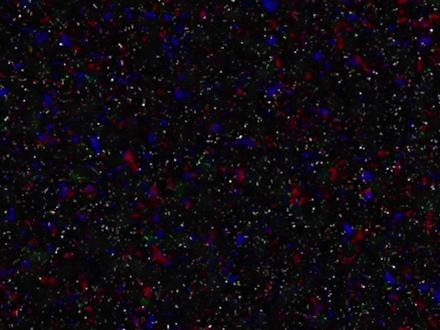
|
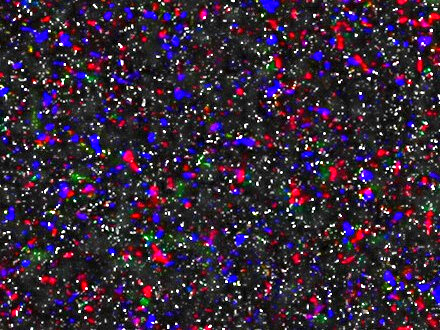
| |
| E-M1 Mk.II, 60 s, ISO 25600, no NR, original | The same, after tonal stretching | |
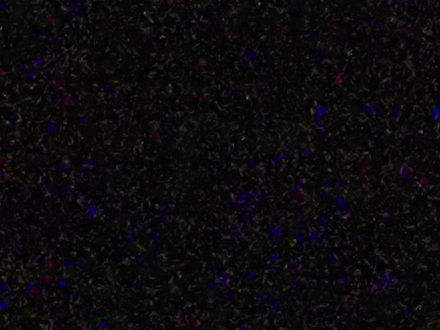
|
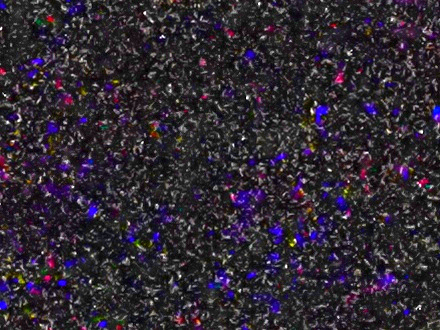
| |
| As above, NR on, original | NR on, stretched |
|
The static noise is seriously reduced in Mark II; to show clearly the stretch effect I had to use ISO 25,600 (instead of 12,800) and dark exposure of 60 s (up from 15s). I'm showing a brief comparison of both cameras below. Dependency on ISO and exposure time Here are stretched samples for Mark II at selected shutter speeds and ISO values, with and without Noise Reduction (static dark-field subtraction). |
| . | ISO 800 | ISO 1600 | ISO 3200 | ISO 6400 | ISO 12800 | ISO 25600 | . |
1 s |

|

|

|

|

|
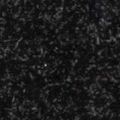
| 1 s |
1 s + NR |

|
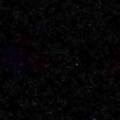
|

|

|

|
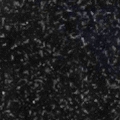
| 1 s + NR |
| ISO 800 | ISO 1600 | ISO 3200 | ISO 6400 | ISO 12800 | ISO 25600 | ||
4 s |

|

|

|

|

|

| 4 s |
4 s + NR |

|

|

|

|

|
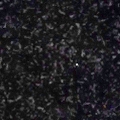
| 4 s + NR |
| ISO 800 | ISO 1600 | ISO 3200 | ISO 6400 | ISO 12800 | ISO 25600 | ||
15 s |

|

|

|
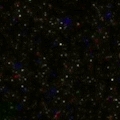
|

|
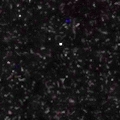
| 15 s |
15 s + NR |

|

|

|

|

|
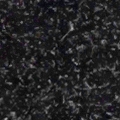
| 15 s + NR |
| ISO 800 | ISO 1600 | ISO 3200 | ISO 6400 | ISO 12800 | ISO 25600 | ||
60 s |

|
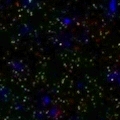
|
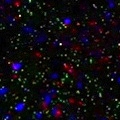
|
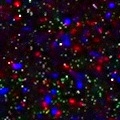
|
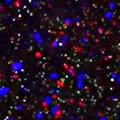
|
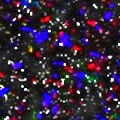
| 60 s |
60 s + NR |

|
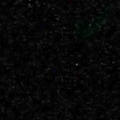
|

|
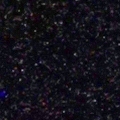
|
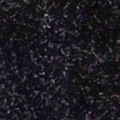
|

| 60 s + NR |
| ISO 800 | ISO 1600 | ISO 3200 | ISO 6400 | ISO 12800 | ISO 25600 |
|
My Recommendations: Based on these results, I would suggest using Noise Reduction only for exposures of 60 seconds (well, maybe 30s and above), and even then only for ISO settings higher than 800. Below these limits NR is not only a waste of time (additional, dark exposure); it also amplifies the random noise component in dark areas by a factor of 1.41× (square root of 2) — a 41% increase. The two OM-D cameras I've checked before, E-M5 and E-M1, were free from any dark noise banding issues; so remains the Mark II, no surprises here. The Auto NR Setting The recommendation above can be implemented simply by setting Noise Reduction to Off (Item 5.E1.7 in my Cheat Sheet) and not using exposures above 30 seconds. The camera, however, has a third setting here: Auto, activating NR when needed (by design, that is). This was the setting I've been using for a few years with the original E-M1 (as few as I might have shot of multi-second exposures). At Auto, the NR is activated at and above a certain exposure length. Here is a table, showing the threshold values on Mark II. (The table uses a 1 EV step in ISO and shutter speed; the actual transition points may be in-between, but who cares?)
|
| After having checked the table against my sample matrix, as sparse as it is, I believe that the Auto setting is too eager to activate the Noise Reduction feature in Mark II. The improvements in sensor an/or imaging engine made it much less relevant now. I stick to my recommendation above. You may always compare these samples against the original ones by jumping to and fro between both pages, but just for the sake of convenience here is a side-by-side comparison at two selected combinations of shutter speed and exposure, NR off. Samples are stretched. | ||||||||||||||||||||||||
| E-M1 | E-M1 Mk.II | |
15 s, ISO 12800 | 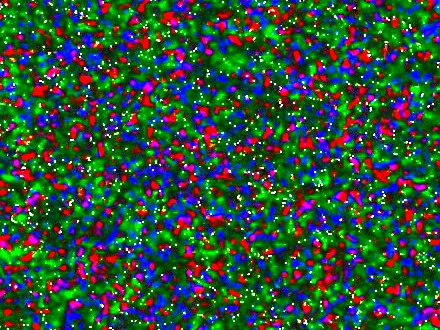
| 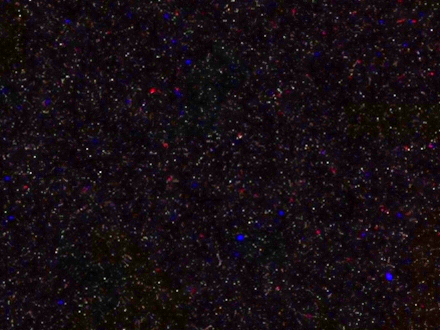
|
30 s, ISO 25600 | 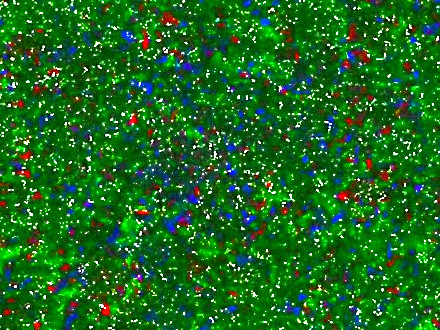
| 
|
| E-M1 | E-M1 Mk.II |
|
This is a solid improvement, the fourth sample is, in my book, less noisy than the first one — in spite of 1-step disadvantage in ISO and 2-step in exposure time. Actually, I had to check if the top-right sample was stretched: it looked too good to be true. The Bottom Line This camera visibly improves the dark noise behavior of its predecessor; this is very clear. While for most users this is, at best, of secondary importance, for those who deal with low-light, long exposure applications, this may be an important development. This also affects the Bulb, Time, and Composite shutter modes and their option of real-time monitoring of exposure progress. |

|
My other articles related to the |
| Home: wrotniak.net | Search this site | Change font size |
| Posted 2017/02/23 | Copyright © 2017 by J. Andrzej Wrotniak. |